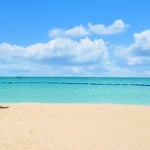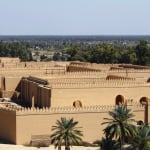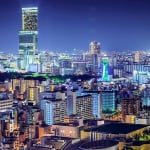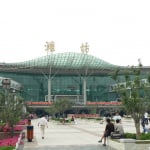Name: Abashiri Lake
Address: Yobito, Abashiri City, Hokkaido
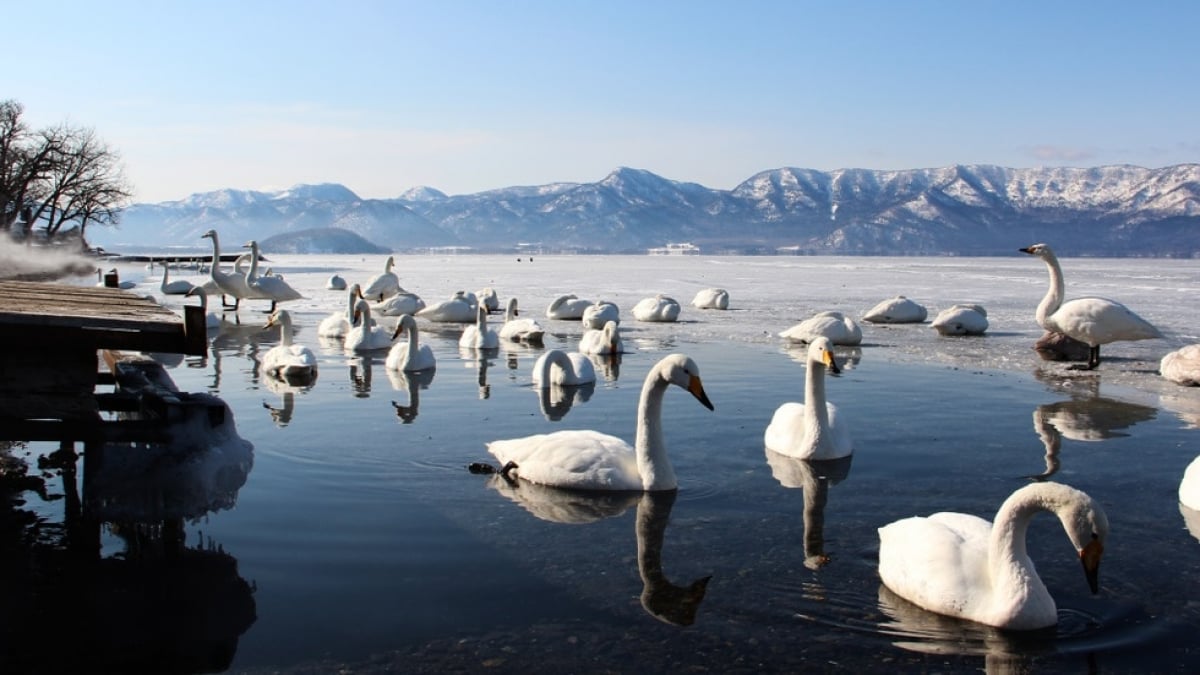
Hokkaido’s Nature Abounds! 10 Stunning Lakes and Scenic Spots in Abashiri
Facing the Sea of Okhotsk, Abashiri is a place where you can experience vast and breathtaking nature. Many of Abashiri's natural sites are considered important both domestically and internationally, with some designated as natural monuments and Hokkaido heritage sites. The number of tourists visiting to see the spectacular scenery created by Abashiri’s great nature is increasing. Among them, the Sea of Okhotsk and its vast lakes are truly mesmerizing. Let’s explore the lakes of Abashiri and search for landscapes that will become lifelong memories. This time, we will introduce the stunning lakes of Abashiri and the surrounding scenic spots.
table of contents
[x] close
Hokkaido’s Nature Abounds! 10 Stunning Lakes and Scenic Spots in Abashiri
- 1. Abashiri Lake
- 2. Mizubasho Colony (Memanbetsu Wetland Plant Community)
- 3. Abashiri Phlox Park
- 4. Memanbetsu Lakeside Campground & Campsite
- 5. Abashiri Lakeside Oomagari Sunflower Field
- 6. Lake Notoro
- 7. Yobito-Ura Campground
- 8. Misaki’s Giant Yachidamo Tree
- 9. Cape Notoro
- 10. Lake Tofutsu
- ◎ Summary
1. Abashiri Lake
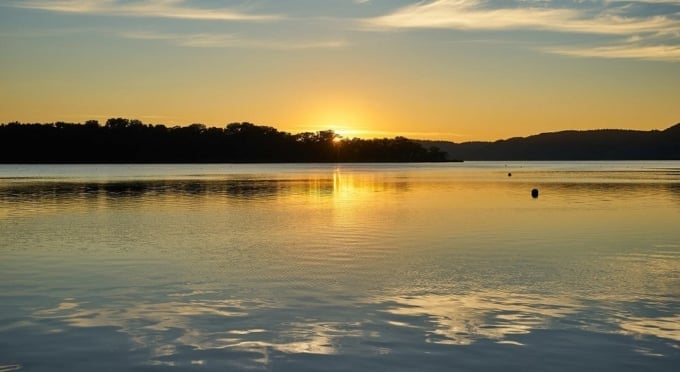
Abashiri Lake has long been known as a scenic spot in eastern Hokkaido. It is part of the Abashiri Quasi-National Park, which consists of seven large and small lakes, sand dunes, grasslands (wildflower gardens), and hills.
On clear days, you can see a fantastic landscape where the blue sky of Abashiri, surrounding mountains, and plants are reflected on the vast lake surface. The scenery reflected on the lake changes with the seasons, making it one of Abashiri Lake’s most remarkable features. In winter, you can drill holes in the frozen lake surface and enjoy smelt fishing, so be sure to visit!
2. Mizubasho Colony (Memanbetsu Wetland Plant Community)
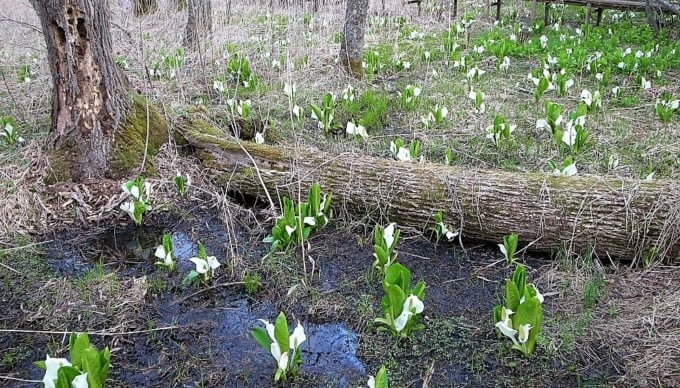
The Mizubasho colony along the shores of Abashiri Lake is known as the "Memanbetsu Wetland Plant Community." This nutrient-rich wetland, formed by a lake where seawater flows in, has been designated as a natural monument. A natural forest of deciduous broadleaf trees such as Yachidamo (Fraxinus mandshurica) and Yachihannoki (Alnus japonica) stretches about 2 km in a belt-like formation, with clusters of Mizubasho (Asian skunk cabbage) growing on the forest floor. This is one of Abashiri’s representative landscapes.
The best time to visit is around mid-April, after the snow melts. During this period, the white flowers of Mizubasho begin to bloom. The sight of these flowers covering the ground under leafless trees by the lakeshore is truly breathtaking. You can also experience the essence of Abashiri’s great nature, where the lake, enriched by nutrients from the Sea of Okhotsk, supports such beautiful scenery. This location is also popular for photography. There is a campsite along the lake, making it a must-visit spot when in Abashiri.
Name: Mizubasho Colony
Address: Memanbetsu Lakeshore, Ozora Town, Abashiri District, Hokkaido
3. Abashiri Phlox Park

Spanning an area about twice the size of Tokyo Dome, "Abashiri Phlox Park" is a sky-high park where over 150,000 phlox flowers bloom in full glory. This beautiful park was created over eight years by dedicated local volunteers. The white pathways paved with seashells and the vibrant red, pink, and purple phlox covering the entire area create a stunning contrast.
From here, you can enjoy an endless view of Hokkaido’s blue sky, Abashiri Lake, and the Memanbetsu Plains. The colorful phlox, combined with the breathtaking scenery of the lake and sky, makes this an unmissable scenic spot in Abashiri. Since Abashiri is known for its many lakes, it also features a variety of flowers unique to the region. Phlox starts blooming in July and reaches its peak in mid-August, so don’t miss the best season!
Name: Abashiri Phlox Park
Address: 465 Yobito, Abashiri City, Hokkaido
Official Website: https://www.abakanko.jp/seen/scenery/phlox.html
4. Memanbetsu Lakeside Campground & Campsite
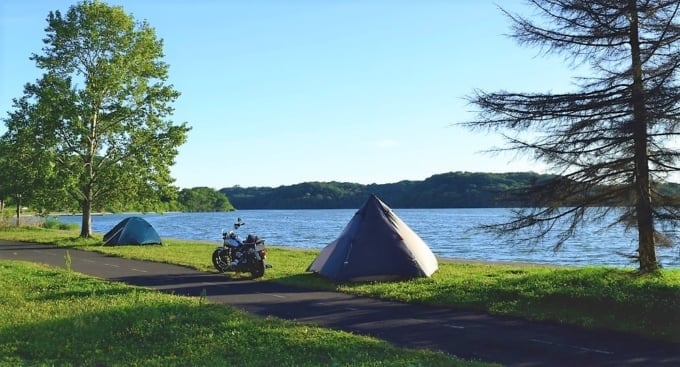
The Memanbetsu Lakeside Campground is a lakeside camping site along Abashiri Lake. The spacious lawn, shaded by deciduous trees, creates a calm and relaxing atmosphere. It is mainly used by families, making it a warm and friendly place to stay.
With supermarkets, convenience stores, and hot springs nearby, as well as easy access to various tourist attractions, many visitors take advantage of this campground. It is also a great base for sightseeing in Abashiri, with easy access to lake photography spots and major attractions. You can capture beautiful photos of the lake in the early morning or at sunset, experiencing the changing scenery throughout the day. Highly recommended for nature lovers and photographers!
Name: Memanbetsu Lakeside Campground & Campsite
Address: Memanbetsu Lakeside, Ozora Town, Abashiri District, Hokkaido
Official Website: http://www.town.ozora.hokkaido.jp/docs/2015012900147/
5. Abashiri Lakeside Oomagari Sunflower Field
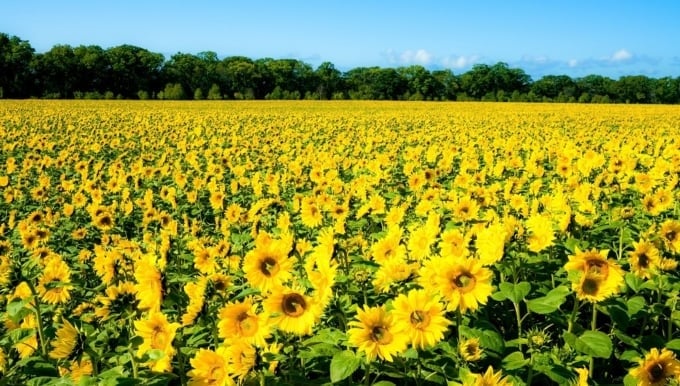
A vast sunflower field by the shores of Abashiri Lake. Spanning an area about four times the size of Tokyo Dome, this field is filled with sunflowers, making it one of Abashiri's famous tourist spots.
By mid-September, around 1.5 million sunflowers bloom, creating a breathtaking view that can be admired from the elevated walkways in the park. At night, the sunflowers are illuminated, offering a different yet equally stunning atmosphere compared to daytime.
Name: Abashiri Lakeside Oomagari Sunflower Field
Location: 25 Sancho, Abashiri City, Hokkaido
Official Website: https://www.abakanko.jp/seen/scenery/oomagari-himawari.html
6. Lake Notoro

Lake Notoro is part of the Abashiri Quasi-National Park and is one of Abashiri’s most iconic lakes, blessed with rich natural beauty. The highlight of this lake is the stunning glasswort fields that turn the lake red. Glasswort, commonly known as Akkeshi grass, is a type of salt-tolerant plant that thrives in salt marshes. Since Lake Notoro is formed with seawater from the Sea of Okhotsk, it provides the ideal environment for glasswort to grow. Normally deep green in color, the glasswort begins to turn red around early September, reaching its peak in early October.
Several glasswort fields exist in Abashiri, but the Ubaranai area of Lake Notoro is a well-developed tourist spot, making it a must-visit. The sight of the blue sky reflecting on the lake, combined with the vivid red glasswort and shimmering light, creates a breathtaking view that cannot be seen anywhere else. Lake Notoro perfectly showcases Abashiri’s stunning natural beauty.
Name: Lake Notoro
Address: 60-3 Ubaranai, Abashiri City, Hokkaido
Official Website: https://www.abakanko.jp/seen/scenery/sangosou.html
7. Yobito-Ura Campground
The Yobito-Ura Campground is another lakeside campsite along Abashiri Lake, similar to the Memanbetsu Lakeside Campground. It is conveniently located between Lake Notoro and Abashiri Lake, making it an ideal spot for exploring both. Nearby attractions include Mount Tento and the Oomagari Sunflower Field along Abashiri Lake. This is one of the rare camping spots in Abashiri where you can stay right by the lake.
With its vast grasslands, forests, and a scenic lake, this site is a testament to Hokkaido’s natural beauty. It is about 4 km from central Abashiri, providing easy access to various tourist spots. Additionally, hot springs are located nearby, making it as popular as the Memanbetsu Lakeside Campground.
Name: Yobito-Ura Campground
Address: Yobito, Abashiri City, Hokkaido
8. Misaki’s Giant Yachidamo Tree
The Giant Yachidamo Tree of Misaki is an enormous Japanese ash tree near Lake Notoro. Estimated to be over 300 years old, with a trunk circumference of about 460 cm and a height of 37 meters, this majestic tree is covered in moss and spreads its massive roots in all directions. It is a hidden gem among Abashiri’s many lakes and tourist attractions.
This tree has been selected by the Forestry Agency of Japan as one of the "100 Giants of the Forest", a list of precious trees that should be preserved for future generations. Standing tall in the middle of a lush forest, the tree exudes an overwhelming sense of life and energy. This is a rare forest-based attraction in Abashiri, offering a deeper connection to nature. If you are visiting Lake Notoro or Abashiri Lake, be sure to stop by!
Name: Misaki’s Giant Yachidamo Tree
Address: Misaki, Abashiri City, Hokkaido
Official Website: https://www.abakanko.jp/seen/scenery/yachidamo.html
9. Cape Notoro
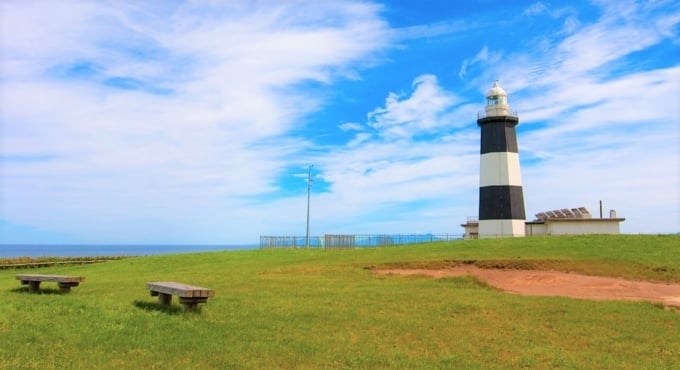
One of Abashiri’s most famous attractions, Cape Notoro offers breathtaking panoramic views of the endless blue Sea of Okhotsk and the distant Shiretoko mountain range. This location perfectly captures the grandeur and beauty of the Okhotsk region. In spring, the cape is decorated with vibrant yellow Adonis flowers, while in winter, it serves as an excellent viewing spot for drift ice floating across the vast sea. It is a year-round scenic destination.
Next to the cape is the Misaki Ranch, managed by Abashiri City. From mid-May to mid-October, you can see grazing cows and horses, adding to the picturesque Hokkaido landscape. Watching animals roam freely while overlooking the Sea of Okhotsk is a truly unique and serene experience.
Name: Cape Notoro
Address: Misaki, Abashiri City, Hokkaido
10. Lake Tofutsu
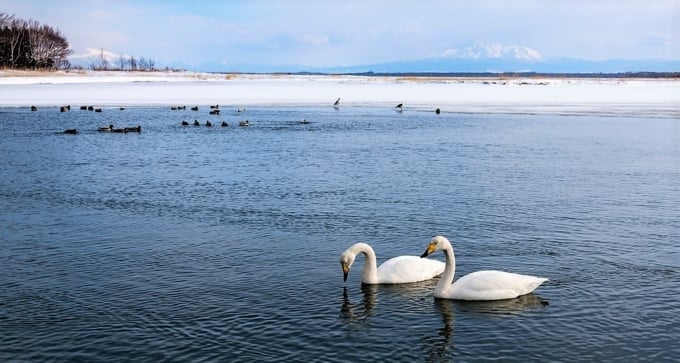
Lake Tofutsu is part of the Abashiri Quasi-National Park and is recognized internationally as an important wetland under the Ramsar Convention for its significance as a habitat for waterfowl. It is considered one of the most important lakes in Abashiri. Since seawater flows into the lake, it serves as a paradise for wildlife. In winter, you can witness migratory birds like whooper swans and pintail ducks resting on the lake.
Around 250 species of wild birds visit the lake annually, including rare and endangered species such as the white-tailed eagle, Steller’s sea eagle, and red-crowned crane. At sunset, you can experience a breathtaking scene as birds rest, take flight, and glide over the lake against the golden evening sky, creating a cinematic view. Additionally, on the coastal side of Lake Tofutsu, you will find the Koshimizu Wild Flower Garden, a natural flower field. Here, you can enjoy a panoramic view of the vast Lake Tofutsu, along with the Shari-dake Mountain and the Shiretoko mountain range in the background, surrounded by colorful wildflowers.
Name: Lake Tofutsu (Waterfowl & Wetland Center)
Address: 203-3 Kitahama, Abashiri City, Hokkaido
Official Website: http://tofutsu-ko.jp/index.php
◎ Summary
Abashiri, designated as a Quasi-National Park, is a nature-rich tourist destination. Abashiri Lake, Lake Notoro, and the surrounding scenic spots are heavily influenced by the Sea of Okhotsk, creating a unique environment where rare flora and fauna thrive in saline lakes. In addition to its lakes, Abashiri is also known for its local gourmet cuisine, featuring fresh mountain and seafood delicacies. The area is well-equipped with tourist attractions, leisure facilities, and accommodations, making it a highly attractive travel destination. Be sure to visit the lakes blessed by the Sea of Okhotsk and enjoy a trip full of nature, food, and adventure.
RELATED ARTICLES
REGIONS
CATEGORIES
FEATURED ON hokkaido
-
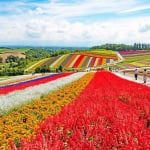
Where will you go for the summer vacation? Introducing recommended spots for domestic travel
-

Hidden Tourist Spot in Sapporo! Exploring the Charm of the Atmospheric Hokkaido University
-
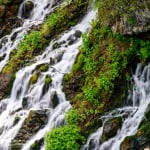
[Biei Town] Tourist Information for Shirahige Falls! Directions & Parking Info
-
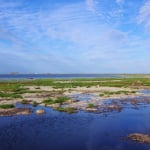
[Eastern Hokkaido] Notsuke Peninsula Travel Guide | What is This Extraordinary Scenic Spot?
-
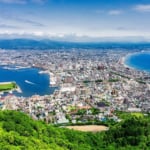
The 5 most breathtaking views in the enchanting tourist destination of Hakodate! Introducing the most photogenic spots
MOST POPULAR ON hokkaido
-
 1
1Doha: Must-see Attractions in the Capital of Qatar
-
 2
2Toronto: 10 Things to do in this Picturesque Canadian City
-
 3
3Amarillo: A City Famous for It’s Amazing Canyons, Great History and Music
-
 4
4South Korea: Dazzling Scenery, Rich Culture and Fascinating History
-
 5
5Kuwait: A Country in Middle East Asia Famous for Hot Sand Dunes and Stunning Cityscape


